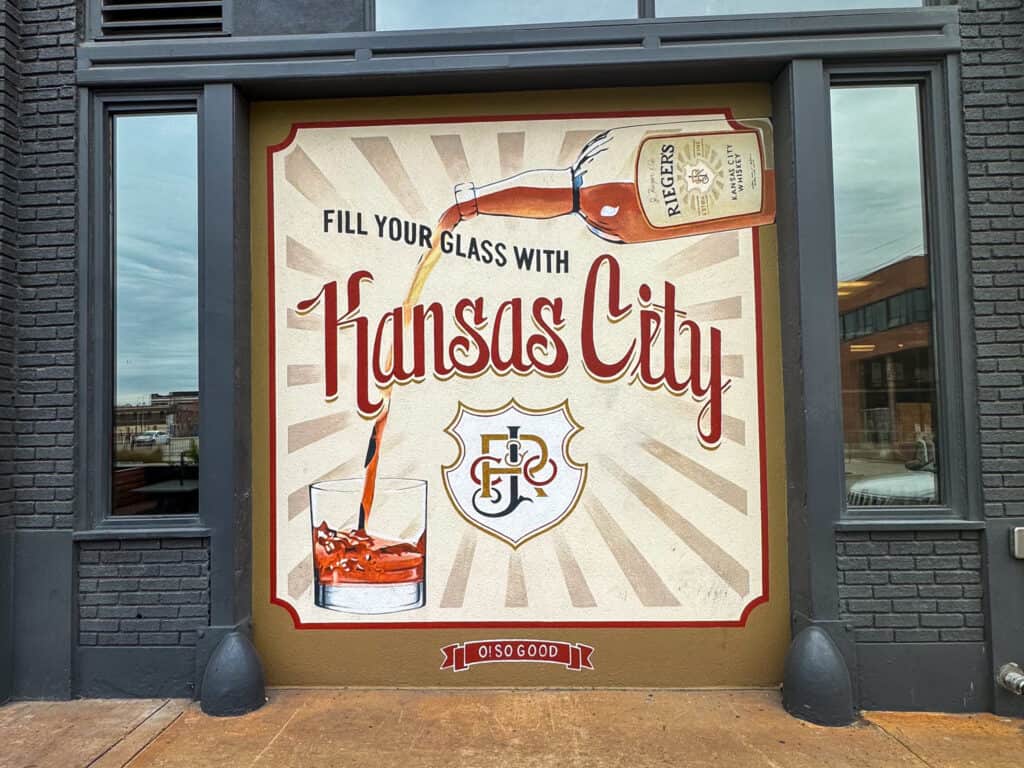
A Cultural Beacon in the Heart of Kansas City
Located in the bustling heart of Kansas City, the Crossroads Arts District is a vibrant testament to the city’s flourishing cultural landscape.
Once overlooked, the district’s streets now resonate with the energy of artistic expression and community gatherings.
In this article, we delve into the rich history of the Crossroads Arts District, exploring its transformation from a forgotten industrial quarter to a thriving hub of culture and creativity.
We celebrate the visionaries who have shaped its destiny and examine the challenges it has overcome to emerge as a symbol of Kansas City’s artistic culture.
After learning about the history of Crossroads Arts District, you can visualize it’s past by doing a self-guided walking tour of the neighborhood.
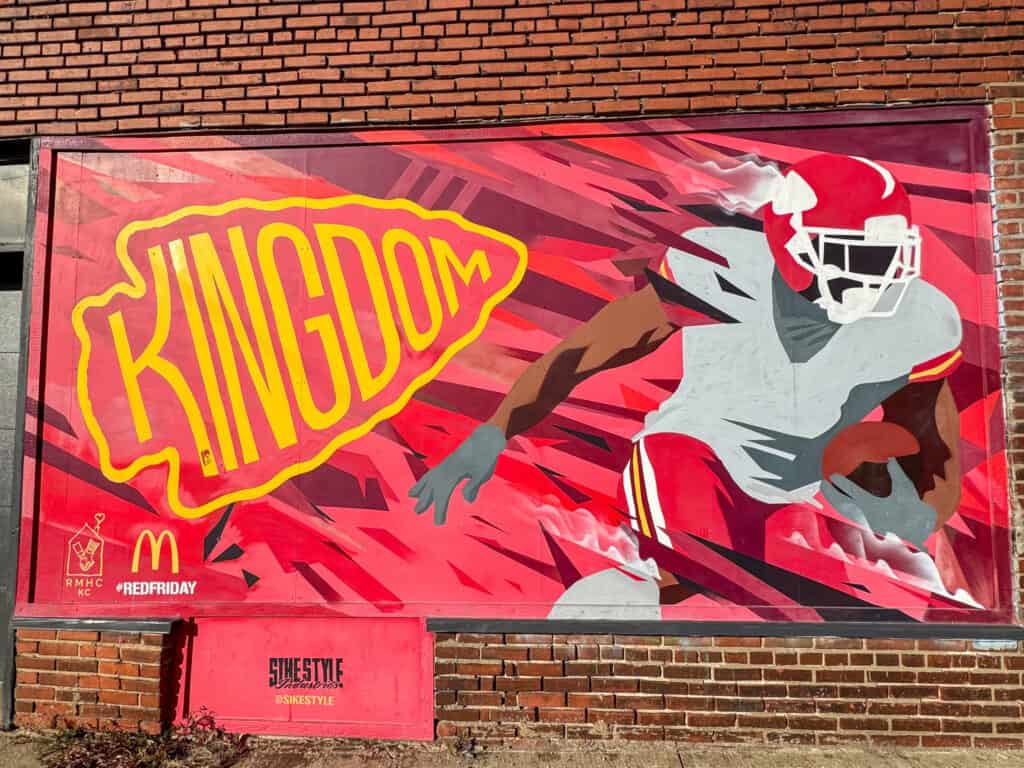
Early History of the Crossroads Arts District
The story of the Crossroads Arts District is a tale of transformation and rebirth.
To truly grasp its present vibrancy, one must delve into its humble origins and the pivotal historical events that have shaped its journey.
An Industrial Neighborhood
Before gaining recognition as the Crossroads Arts District, this area was a patchwork of warehouses, industrial buildings, and empty spaces. It lacked a distinct character, often overshadowed by livelier parts of Kansas City.
The neighborhood served mainly functional purposes, with architecture designed for industry rather than aesthetics or community engagement.
In the 1980s, the area was largely abandoned, leaving its buildings to decay. This neglect rendered it virtually invisible in the city’s cultural and social fabric.
Transformation into an Arts District
The Crossroads underwent a transformative journey in the 1980s, propelled by pivotal events and visionary individuals.
Jim Leedy, An Artistic Visionary
In the 1980s, Jim Leedy, a ceramicist and professor at the Kansas City Art Institute, played a crucial role in the transformation of the Crossroads.
Recognizing the untapped potential of neglected buildings as artistic havens, Leedy took the initiative to acquire and renovate these properties.
His vision was to foster a vibrant community where artists could flourish, reside, and showcase their creations, countering the city’s drain of creative talent.
In 1985, he founded the Leedy-Voulkos Art Center, which is still an important fixture in Kansas City’s artist community.
Leedy was awarded the 2012 Charlotte Street Artist Hero award.
“This award recognizes Jim as an inspiring, influential, and truly one-of-a-kind artist, teacher, and community builder. Jim’s vision, passion, mentorship, and unwavering commitment to art and to making Kansas City a home for artists have made him a tremendous force in the community’s growth and a true artists’ hero.”
Development of Galleries and Art Spaces
Following Leedy’s initial steps, the Crossroads experienced a gradual yet consistent development of galleries and art spaces. Affordable spaces and the emerging creative community attracted artists, prompting their relocation.
This influx transformed once-abandoned warehouses and buildings into vibrant hubs of artistic expression.
Over time, the area became synonymous with creativity, offering a diverse array of art forms and styles, ultimately blossoming into an authentic arts district.
John O’Brien and the Birth of First Fridays
Another defining moment arrived with the entrance of gallery owner John O’Brien. Captivated by the area’s raw and unpolished charm, O’Brien envisioned an arts-oriented community.
He relocated his gallery, The Dolphin, to the Crossroads, further solidifying the district’s emerging identity as a thriving hub for artistic expression.
He launched First Fridays, a monthly event that began as informal art openings and transformed into a prominent spectacle.
These gatherings not only fostered a sense of community, but also drew visitors from far and wide, greatly elevating the district’s prominence.
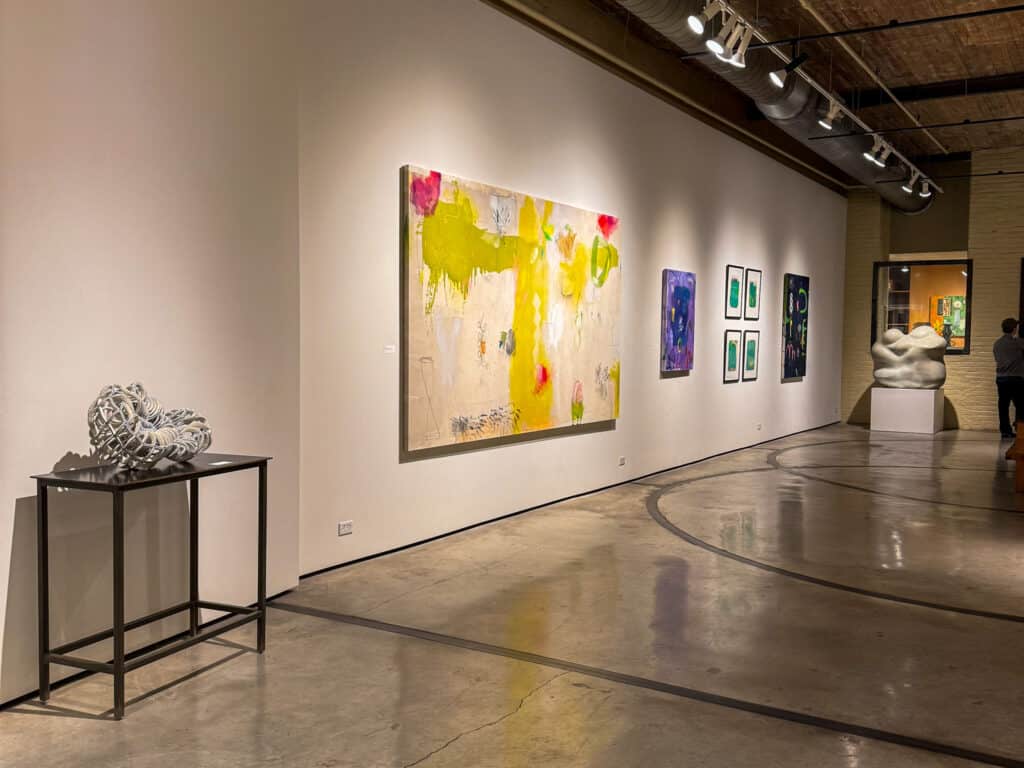
Challenges in the Early Years
Establishing the Crossroads as an arts district was no easy feat.
In its early years, the area bore the scars of neglect and disrepair. Pioneers like Leedy and O’Brien faced the daunting task of revitalizing an abandoned space with limited resources.
They had to overcome skepticism from the local community and potential investors. Additionally, maintaining an authentic artistic spirit amidst commercialization and development posed its own challenges.
However, the artist community’s resilience and collective effort triumphed over these initial hurdles, laying the foundation for the thriving district we see today.
The transformation of the Crossroads Arts District is a testament to the power of vision and community.
From Leedy’s pioneering efforts to O’Brien’s community-building initiatives, the district’s evolution into an artistic haven encapsulates an extraordinary journey of urban and cultural rejuvenation.
Cultural and Economic Impact of the Crossroads Arts District
The transformation of the Crossroads Arts District has had a significant and far-reaching influence on the cultural and economic landscape of Kansas City.
This impact is evident in the flourishing of First Fridays, the enthusiastic involvement of local businesses and artists, and the overall revitalization of the economy.
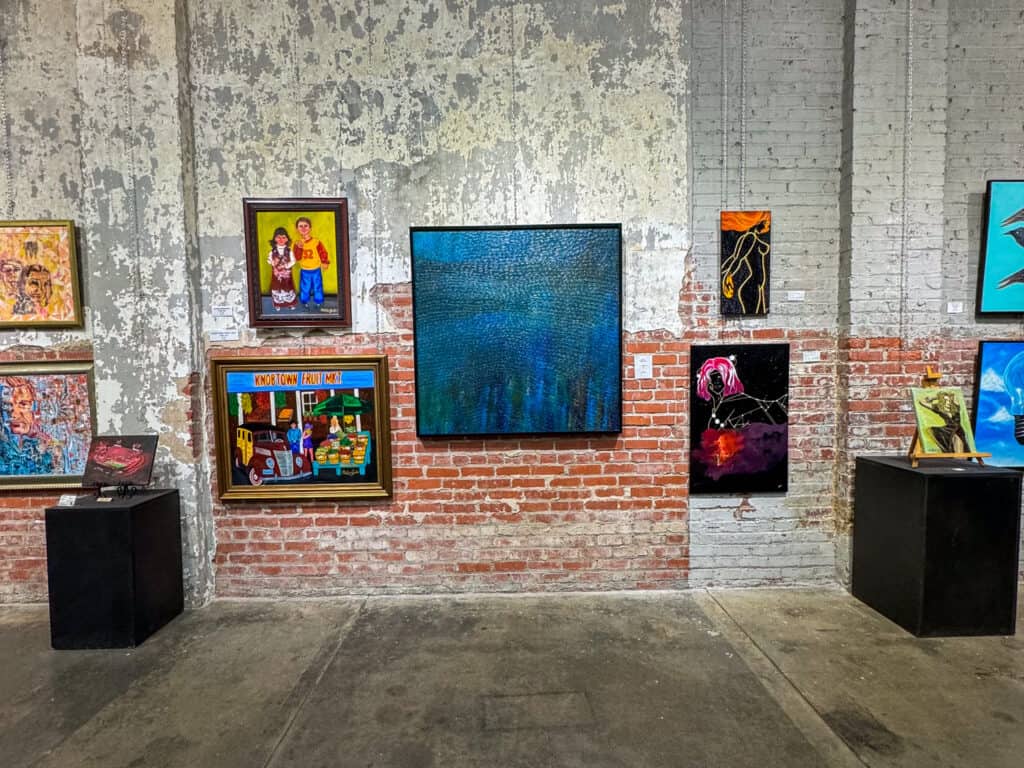
The Growth of First Fridays
First Fridays started drawing in thousands of visitors, not just highlighting the wide array of local art, but also infusing the area with a fresh energy.
These gatherings nurtured a sense of belonging and acted as a spark for additional growth, transforming the district into a vibrant neighborhood on Kansas City’s cultural landscape.
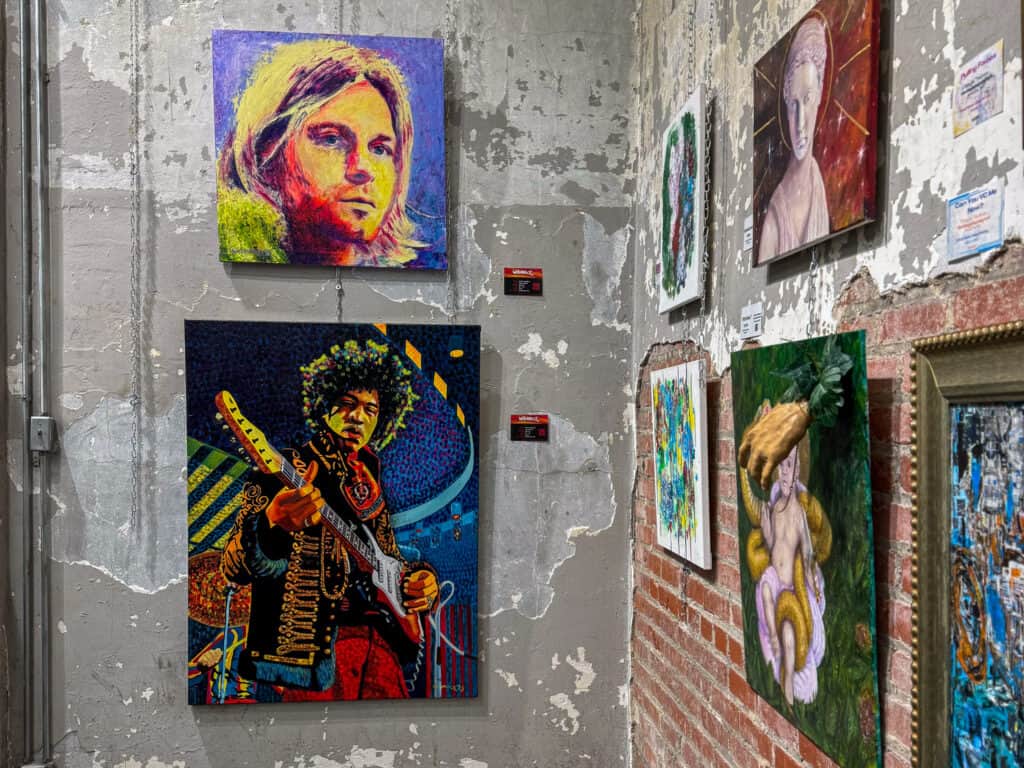
The Role of Local Businesses and Artists
The revitalization of the Crossroads Arts District was not solely driven by artists; local businesses also played a pivotal role in this transformation.
As artists flocked to the area and galleries flourished, a host of small businesses, including cafes, restaurants, and boutiques, began to emerge, forming a mutually beneficial relationship with the art community.
These businesses provided crucial support services to both artists and visitors alike, contributing to a vibrant street life and a thriving local economy.
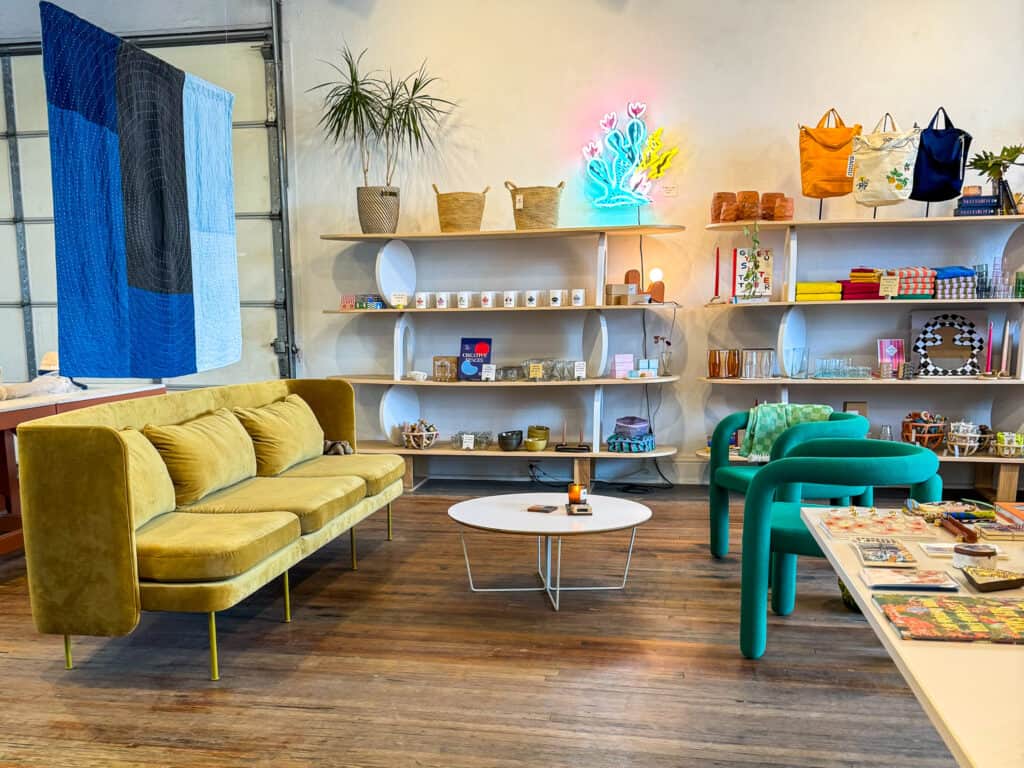
Economic Revitalization and Its Effects
The Crossroads Arts District has experienced a remarkable economic revitalization.
The infusion of galleries, businesses, and visitors has led to a significant boost in the area’s economy. This revitalization has not only restored many historic buildings, preserving their architectural heritage, but also repurposed them for modern use.
The increased property values and vibrant business activities have positively impacted the city’s tax revenues, clearly demonstrating the tangible economic benefits of investing in arts and culture.
Furthermore, the success of this district has become a model for urban revitalization, showcasing the profound influence of arts and culture as catalysts for economic growth and urban renewal.
Contemporary Challenges in the Crossroads Arts District
The Crossroads Arts District in Kansas City thrives as a lively and dynamic hub of creativity and cultural richness.
Yet, amidst its modern triumphs, the district faces the intricate dilemmas of gentrification and the preservation of its artistic essence.
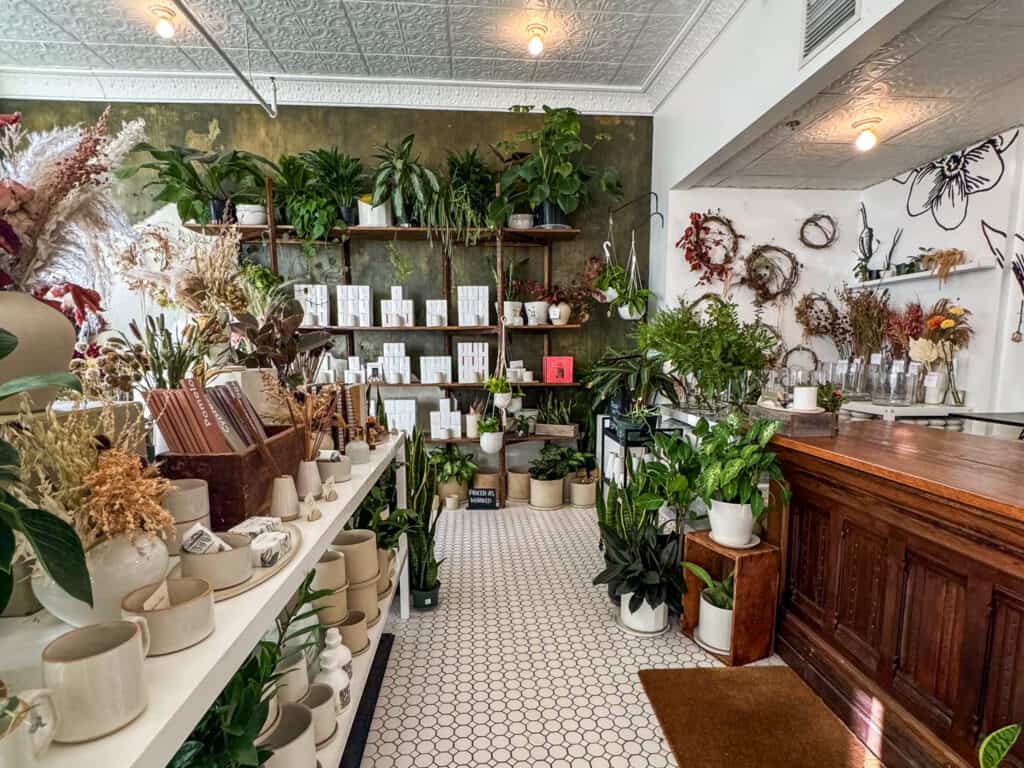
The district’s architecture, a harmonious blend of meticulously restored historic buildings and contemporary structures, serves as a testament to its rich history and modern revitalization.
The addition of the revitalized KC Streetcar has also added to an increased interest in developing the neighborhood.
Gentrification and Maintaining the Artistic Spirit
Despite its successes, the Crossroads Arts District faces significant challenges. Foremost among these is gentrification.
As the area has become more popular and property values have risen, there is a growing concern about the displacement of the artists who were instrumental in the district’s revival.
The rising costs and commercialization threaten to dilute the artistic spirit that defines the Crossroads.
There is a delicate balance to be struck between development and maintaining the unique, creative environment that drew people to the area in the first place.
Future Prospects and Efforts to Preserve the District’s Identity
Looking to the future, there are concerted efforts to preserve the identity and essence of the Crossroads Arts District. This includes initiatives to ensure that artists can continue to live and work in the area.
Strategies such as affordable housing projects, studio spaces, and financial incentives are being explored to support the artistic community.
Additionally, there is an emphasis on maintaining a diverse mix of businesses that align with the district’s creative ethos.
Reflecting on the Journey of the Crossroads Arts District
The transformation of the Crossroads Arts District, from a neglected industrial area to a thriving cultural hub, is a remarkable testament to the resilience and creativity of Kansas City.
It is not just a story of urban revitalization, but also a reflection of the transformative power of art and community.
At its core, the Crossroads represents more than just buildings and businesses. It embodies the collective spirit of artists, entrepreneurs, and residents who recognized the potential in abandoned spaces.
The district’s vibrant arts scene has redefined the concept of a neighborhood, demonstrating how cultural investment can breathe new life into forgotten areas.
The Crossroads has become a symbol of hope and possibility, illustrating how a united community can overcome challenges to create something truly extraordinary.
Moreover, the impact of the Crossroads extends beyond its geographical boundaries. It has become an integral part of Kansas City’s identity, contributing to the city’s reputation as a center for arts and culture.
If you are planning to visit the Crossroads Arts District, read the below guides prior to your visit.